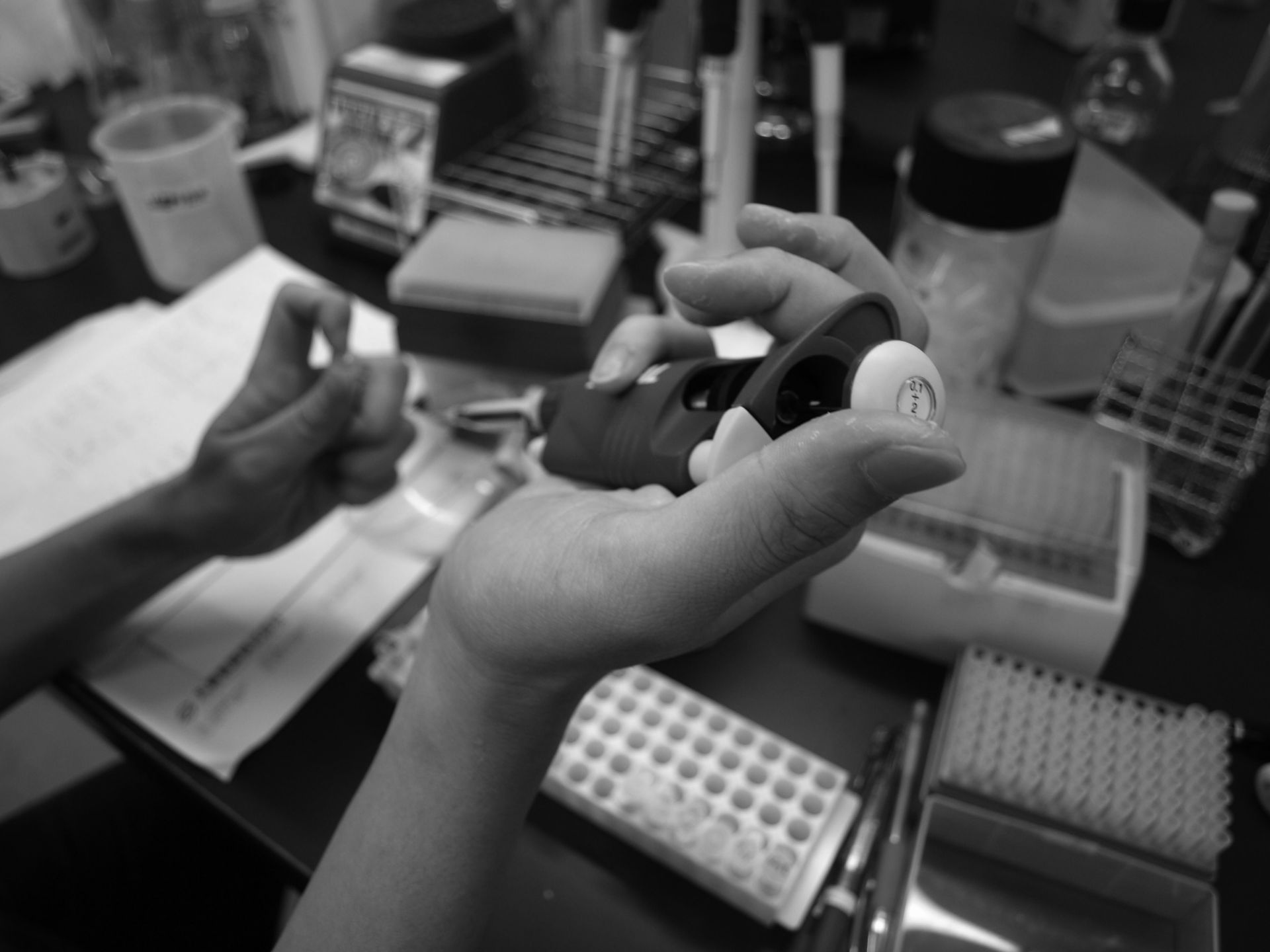Team:KIT-Kyoto/HumanPractice
From 2014.igem.org
| Line 10: | Line 10: | ||
<!--サイドメニュー--> | <!--サイドメニュー--> | ||
| - | <div style="overflow:scroll;"> | + | <div style="overflow:scroll;height:100%;"> |
<ul id="nav5"> | <ul id="nav5"> | ||
<li class="menuimg"><a href="/Team:KIT-Kyoto/Test">home</a></li> | <li class="menuimg"><a href="/Team:KIT-Kyoto/Test">home</a></li> | ||
Revision as of 04:37, 24 September 2014



Human Practices
Overview

From plain biology to cellular biology and to molecular biology: as scientific technology advanced, our scientific focuses have shifted to ever smaller entities. Biology is not just about animals and plants. It is about invisible objects that can be only handled with microscopes, electrophoresis and PCR. On the other hand, one day hardly passes without hearing the words such as genetically engineered food and iPS cells in mass media. But how many of us really have accurate understanding of what they are? People tend to be negative about something unknown. Synthetic biology is the case in point. Is it not artificial manipulation? Is it safe? Is it really morally OK? Is it trustworthy? Due to unfamiliarity, general impression about synthetic biology are not positive to say the least. To wipe out this negativity surrounding synthetic biology, our team decided to bring fun to science by means of BioArt. If invisible synthetic biology is turned visible through an encounter between art and science, people will feel less intimidated about them. Art is fun, so can be science. In this line of thought, Human Practices is an essential part of iGEM activities, because it is about opening synthetic biology to those not following it every day. Our various activities of Human Practice had one goal: to connect synthetic biology to society, economy, philosophy, politics, law, ethics, culture, and the environment.
 "
"

